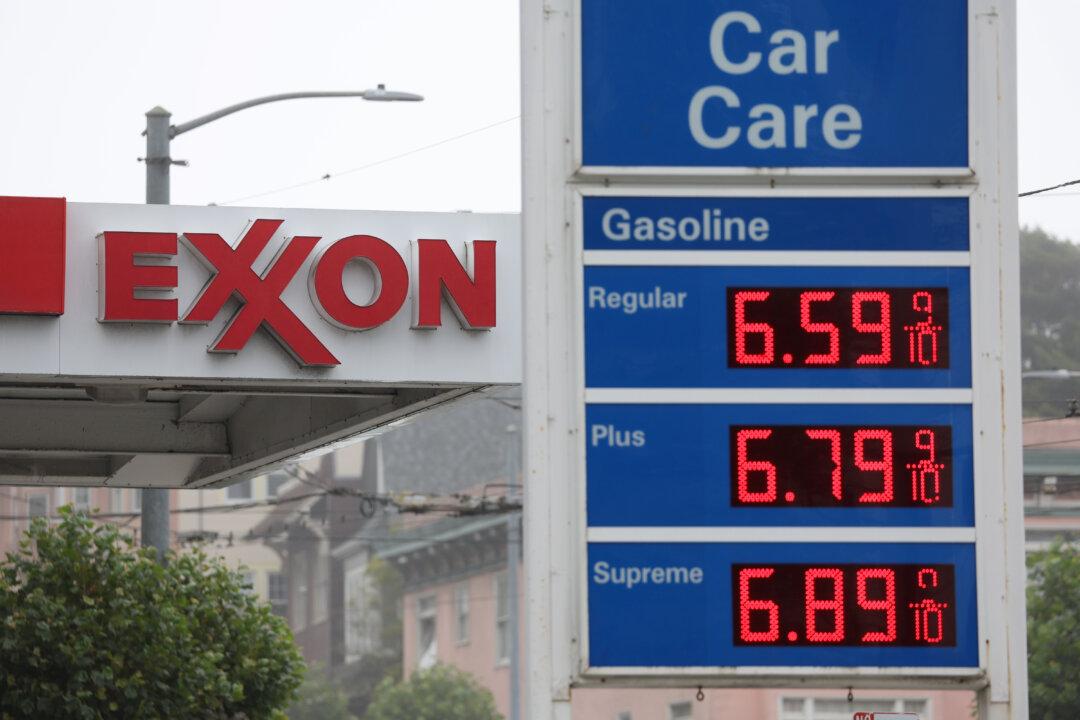Despite gas prices rising over the past weeks, retail gas stations are seeing their margins decrease, putting a strain on such businesses.
The national average price of regular gas, as of Oct. 5, was $3.831 per gallon, up $0.26 from the previous day, $0.66 from a week back, and $0.45 a month ago, according to data from American Automobile Association (AAA). In contrast, profit margins of gas stations have gone down.





